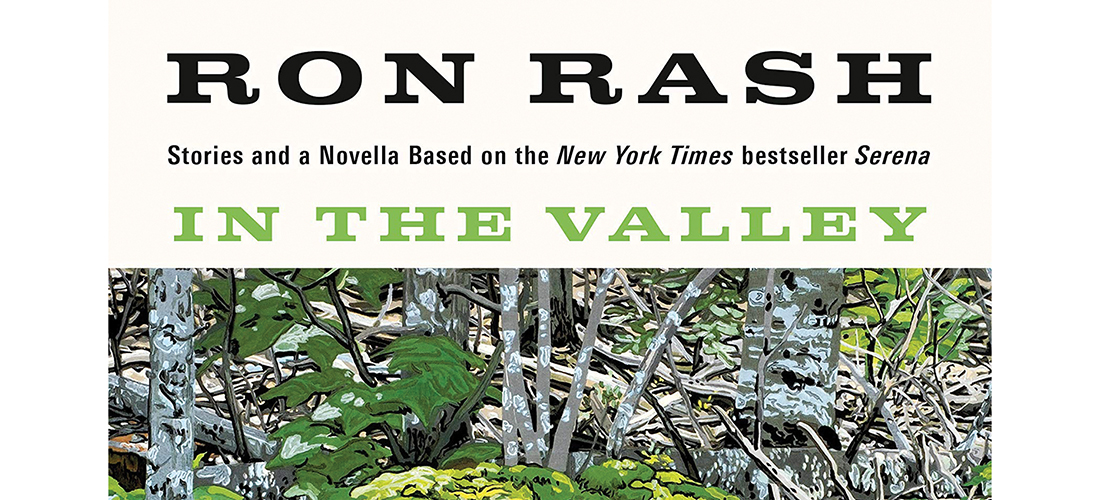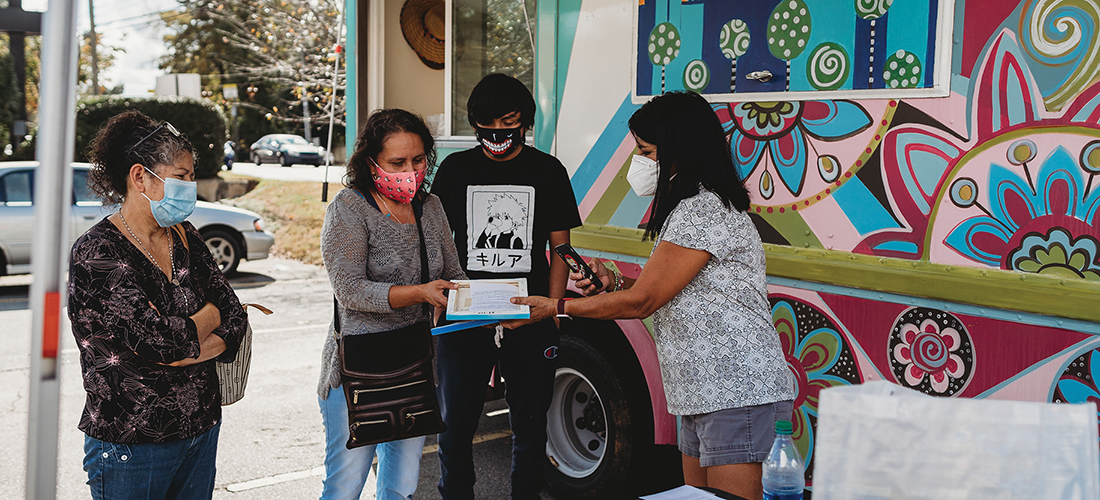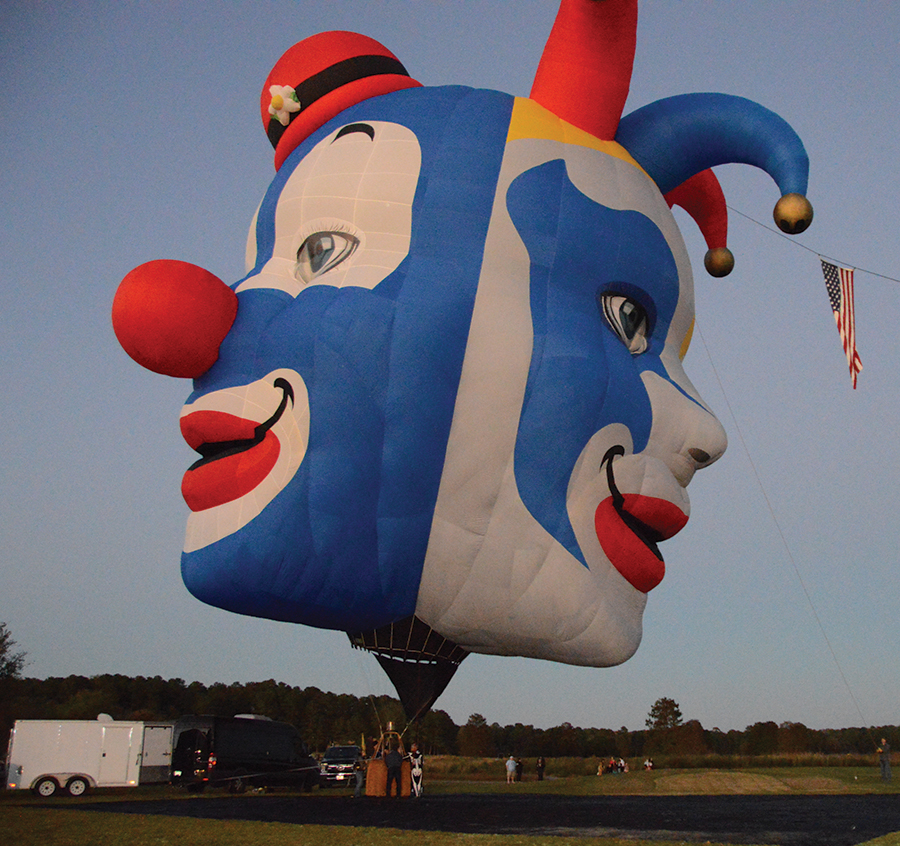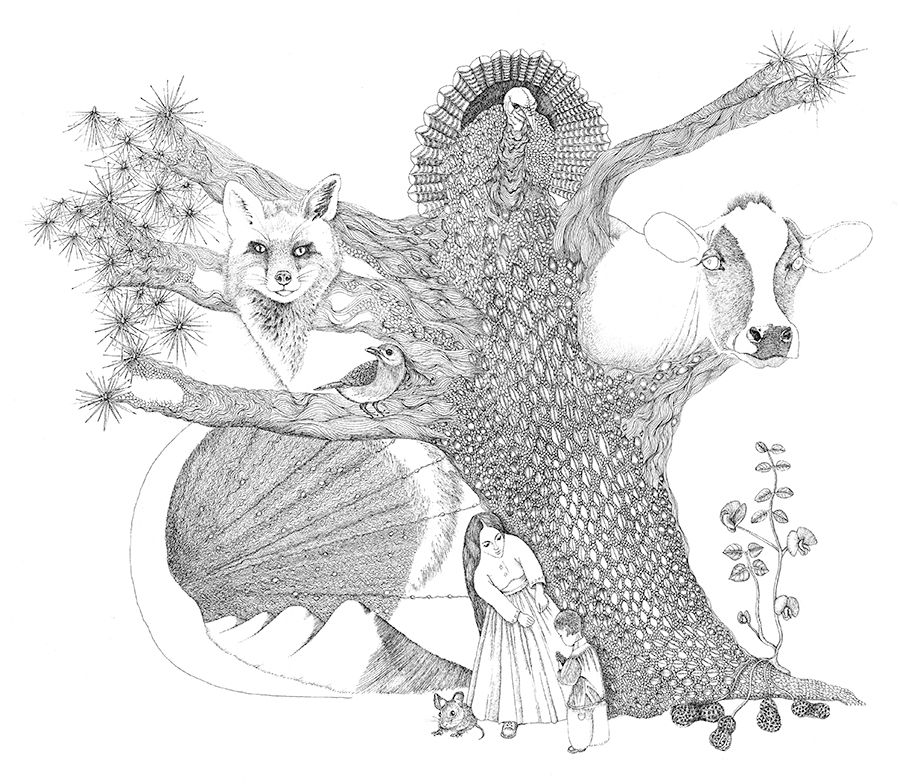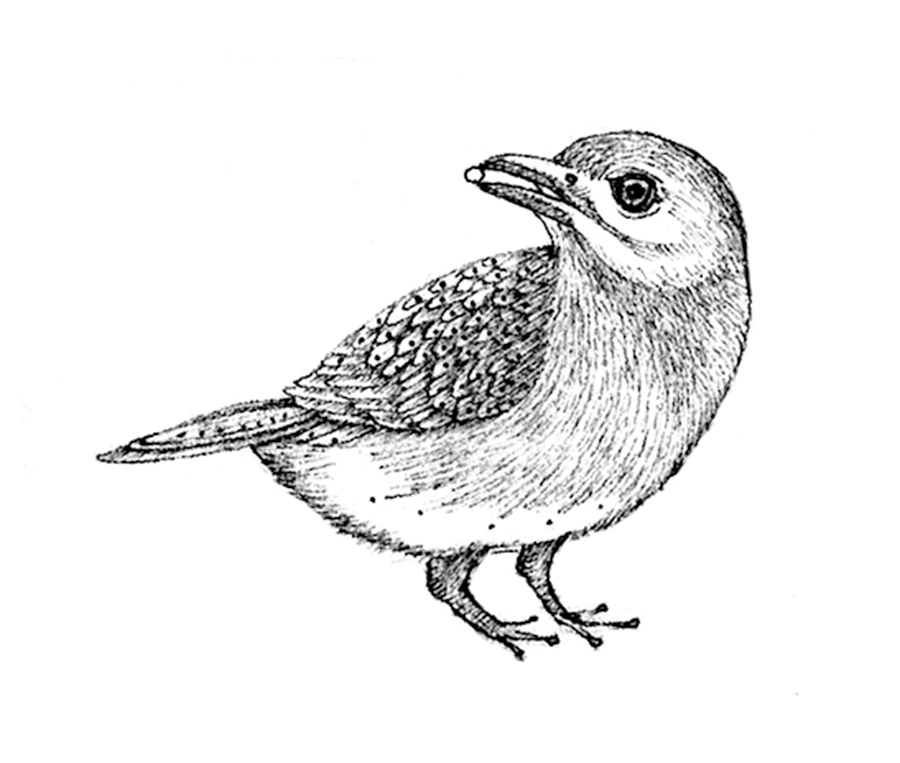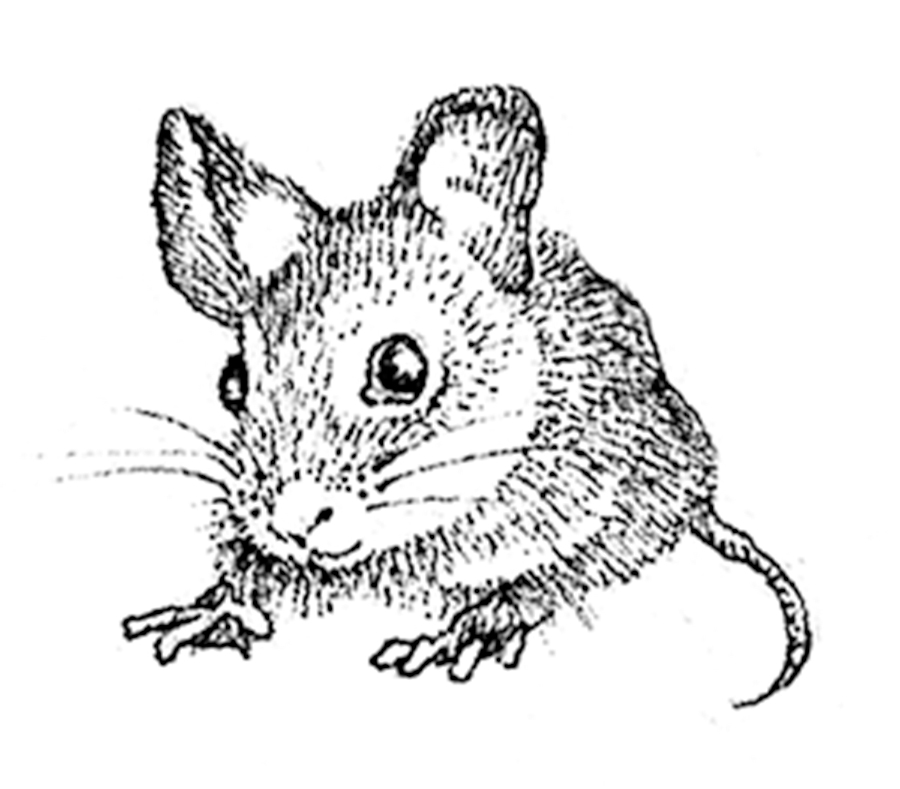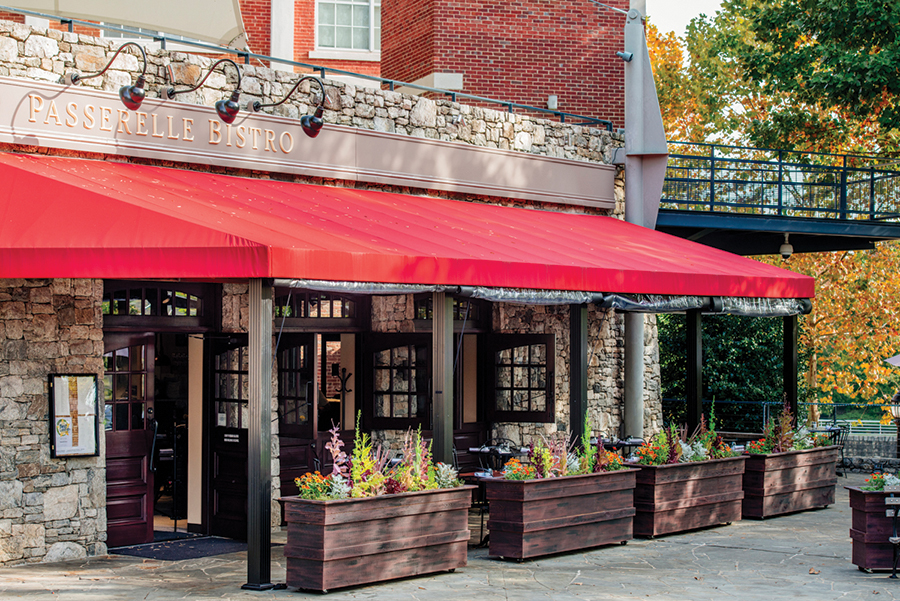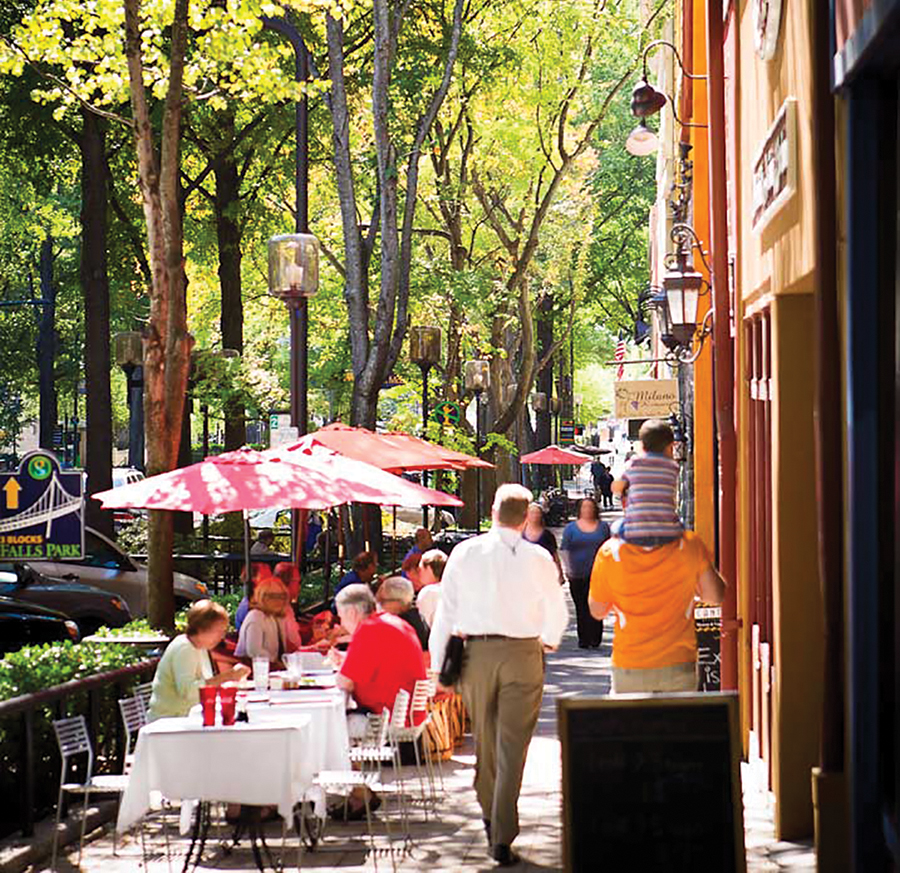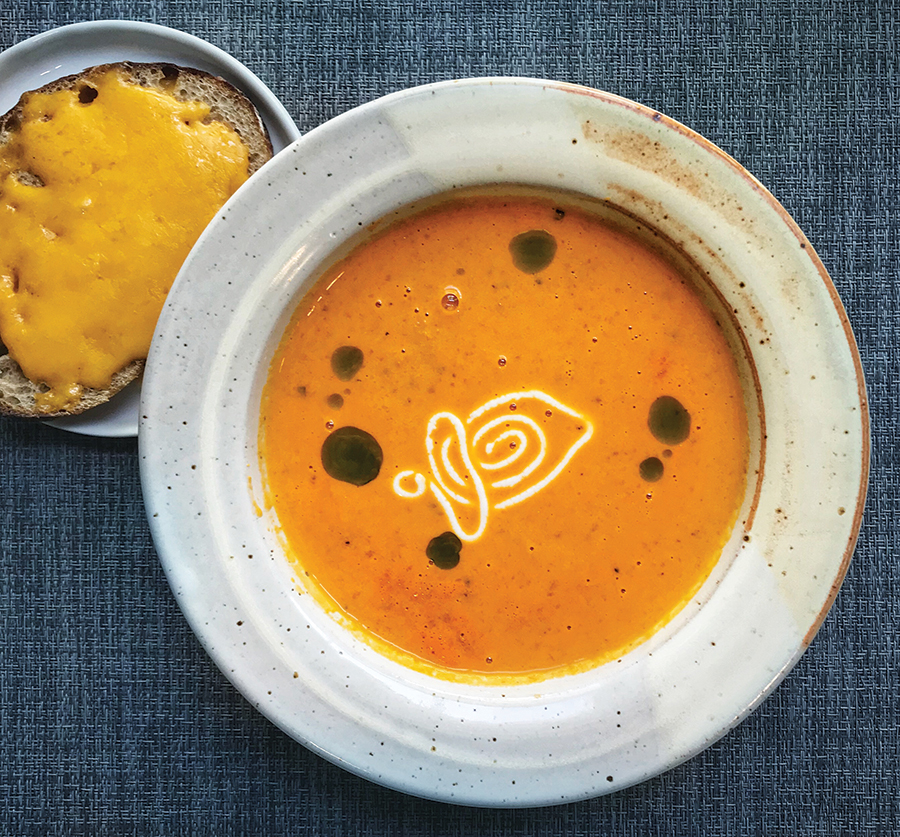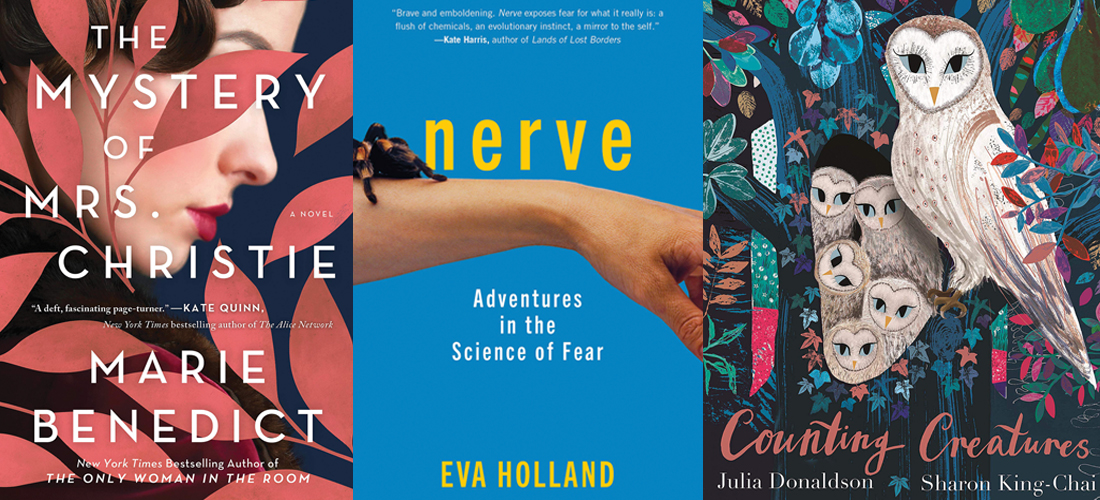Mountain Redux
The return of Ron Rash’s classic character
By D.G. Martin
What is it about Waynesville, the small mountain city west of Asheville?
Two of our state’s most admired novelists set their best books in the mountains near Waynesville: Cold Mountain, by Charles Frazier, and Serena, by Ron Rash. Both books are gems with memorable characters and descriptive language that flows like poetry. Both deal with cruel and brutal destruction of life and land: Cold Mountain by war, Serena by the clear-cutting of ancient mountain forests.
Having written about Frazier recently, it is time to give attention to the work of Rash. His latest book, In the Valley, gives us nine new short stories and a novella that revives the main story in the classic Serena.
From its beginning, North Carolina has been the scene of environmental destruction that accompanied the creation of great wealth and employment opportunities. The importance of tars and pitch to our economy gave us our Tar Heel nickname and destroyed vast forests of longleaf pine.
In the early part of the last century, our mountain regions opened their treasured forests to massive clear-cut operations that destroyed some of the state’s most beautiful and important natural landscapes.
Serena was set in the time of the Great Depression in the immense forests near Waynesville. The leading characters were the owners of a Boston lumber company that was systematically cutting all the trees on the thousands of acres that it owned.
The background of systematic forest destruction was a perfect backdrop for Rash’s epic story of love, hate, ambition, ruthlessness and revenge. His novel opens at the railroad station in Waynesville. Pemberton, the leading partner in the lumber company, returns from Boston with his new bride, Serena. Her striking appearance and arrogance immediately awe Pemberton’s partners and most of the employees, who have come to meet the couple at the station.
Also at the station are a rumpled mountain man and his pregnant teenage daughter, Rachel, whose unborn child was fathered by Pemberton. The mountain man accosts Pemberton with a Bowie knife. In the ensuing fight, Pemberton sinks his own knife into the chest of the mountain man, who drops his Bowie knife and dies.
Serena, showing the dominating character that will carry the novel to its end, picks up the Bowie knife, hands it to the dead man’s daughter and says, “By all rights it belongs to my husband. It’s a fine knife, and you can get a good price for it if you demand one. And I would,” she added. “Sell it, I mean. That money will help when the child is born. It’s all you’ll ever get from my husband and me.”
Serena was ambitious and dramatically attractive, riding a white horse and displaying her well-trained eagle. She and her husband were determined to get rich by clear-cutting thousands of acres of North Carolina mountain forestlands, destroying a rich, stable and precious environment.
Rash made Serena a symbol of corporate greed and anti-environmentalism. Serena was also driven by personal passions. She was determined to eliminate her husband’s illegitimate son and the child’s mother, Rachel. This assignment went to Galloway, a one-armed employee utterly devoted to Serena. Galloway’s efforts, chronicled in the book’s dramatic last pages, were nevertheless a failure. The boy and mother were safe, and Serena was off to exploit the forests of Brazil.
Some critics compare the tale to Shakespeare’s Macbeth — the ambition of Serena and Pemberton to dominate, own, and exploit, leading to the same sort of triumphs and ultimate “bloody handed” tragedy. Maybe it’s a stretch to compare Rash with Shakespeare, but his vivid writing takes the reader by the hand and makes him a participant in the action, not just an observer. I found myself jumping aside to escape a falling tree that killed a lumberman. I panicked with a character who lost her way in the pitch dark of a mountain night. I died with one of the book’s characters as rattlesnake poison crept up our legs.
Serena established Rash as one of America’s leading authors. New York Times book reviewer Janet Maslin named Serena one of her “10 Favorite Books” of 2008.
A novella that is part of Rash’s new book, In the Valley, brings Serena back from Brazil to North Carolina to take charge of a logging project. Galloway also returns to take on Serena’s murderous assignments, including the search for Rachel and her son.
Readers will again be impressed and horrified at Serena’s determined and brutal efforts that destroy more of the environment and decimate the logging crews.
Rash’s writing is firmly connected to his concerns about threats to the preservation of the environment. In an interview with Mountain Times Publication’s executive editor Tom Mayer, Rash explained, “I’m seeing now this peril for the national parks. There’s a lot of push to change what is considered wilderness that can be mined or timbered. My hope is that this (story) would remind us how hard won these national parks were and what they were fighting against.”
The new book is a bonus for fans of Rash’s short fiction. There are nine finely tuned short stories. All deal with mountain people like those he knows from growing up in or near the mountains, or from his long years teaching at Western Carolina University. These are folks that Rash clearly cares for and worries about. But the time settings vary, giving readers a look at mountain life over hundreds of years.
The opening story, “Neighbors,” is set during the Civil War in the mountain community of Shelton Laurel. A Confederate foraging and raiding party targets the farm of a young widow and her two children. The Confederates assume she is a Union sympathizer and prepare to burn her house and barn. Rash captures the meanness and ugliness of war and punctuates his point with an ending that surprises the reader and darkens the tale.
“When All the Stars Fall” deals with a poignant breakup of a father and son’s construction business because their value systems are different and incompatible.
In “Sad Man in the Sky,” a helicopter pilot who sells 30-minute rides takes on a troubled but inspiring passenger.
In “L’Homme Blesse,” a mountain college art professor explores the connection between the artwork of a Normandy invasion veteran and the images on the walls of ancient caves in France.
“The Baptism” is the story of a country minister responding to a worthless wife abuser who wants to be baptized. The story has an unexpected and satisfying ending.
A young female probationary park ranger in “Flight” encounters a bully who blatantly fishes without a license and breaks all the park’s rules. Her daring retort is illegal but satisfying.
A struggling late-night storekeeper in “Last Bridge Burned” helps a troubled woman who stumbles into his store. Years later he reaps an interesting reward when he connects with the same woman, who has been transformed.
In “Ransom,” a wealthy college student survives a lengthy kidnapping only to face more challenges resulting from the warm relationship she developed with her kidnapper.
Set 60 years after the Battle of Chickamauga, “The Belt” tells how a belt and its buckle that saved a Confederate soldier’s life during that battle has now saved the life of his great-grandson.
Rash’s fans will appreciate this short volume of some of his best writing. For those unfamiliar with his work, In the Valley would be a great beginning place. PS
D.G. Martin hosts North Carolina Bookwatch Sunday at 3:30 p.m. and Tuesday at 5 p.m. on UNC-TV.

